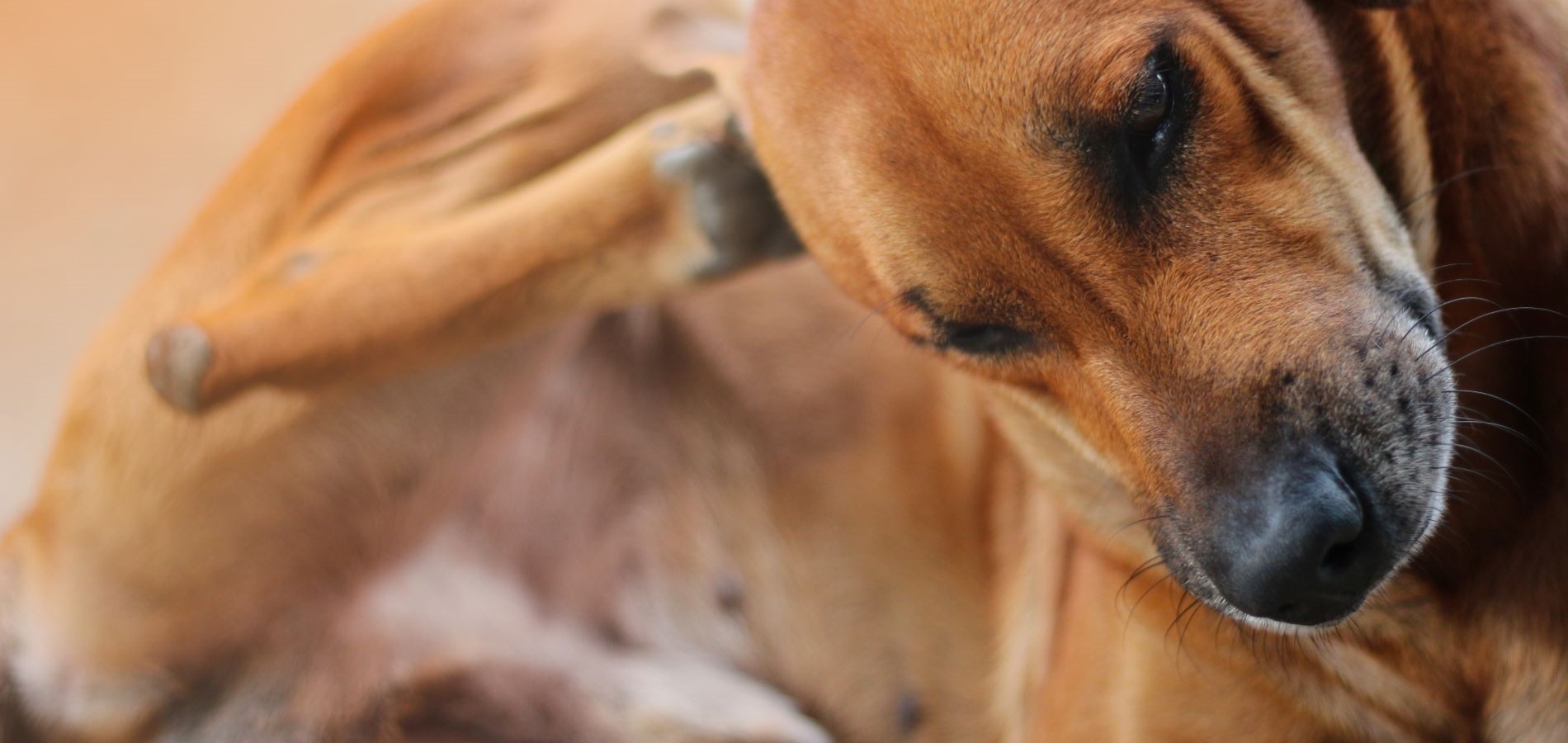Your shopping cart is empty
JavaScript seems to be disabled in your browser. For the best experience on our site, be sure to turn on Javascript in your browser.
Orders of more than £100.00 will be shipped free. Flat shipping rate of £7.00 on all orders up to £100.00
Are you a groomer or pet professional? Click here

Lice in dogs are uncommon but very bothersome external parasites. Although they are often associated with neglected or stray animals, the truth is that any dog, even the best cared for, can become infested if the conditions are favorable. Understanding how these parasites act, what symptoms they cause, and how to eliminate them properly is key to protecting our pet's health and well-being.
In this article, we explain how to identify a lice infestation in your dog, which treatments are most effective, and what hygiene and prevention measures you should follow. Additionally, we recommend professional products from the Artero line that can help you keep your pet's coat clean, healthy, and free of parasites.
Canine lice are small, wingless insects that live on the dog's skin and feed on skin flakes, secretions, or blood, depending on their type. There are two main families:
They do not transmit to humans, but they can spread between dogs through direct contact or through contaminated objects like combs, beds, or blankets.
A prolonged infestation not only causes discomfort to the animal but can also affect its immune system, damage the skin, and worsen other dermatological issues.
Detecting lice early is crucial to avoid complications. These are the main warning signs:
A fine-toothed comb like the Artero Ginger mini can be very useful for examining the coat and detecting parasites manually.
One of the most effective methods to eliminate lice is bathing with specific shampoos formulated with antiseptic or anti-parasitic ingredients. In this regard, the use of:
Artero Bye Bye : an antiseptic, antifungal, and antiparasitic shampoo, ideal for treating irritated skin, eczema, or parasite infestations. Formulated with tea tree oil, it deeply cleanses and soothes affected skin.
Usage Instructions: Apply to a wet coat, massage thoroughly to lather, leave on for 3 to 5 minutes, and rinse with plenty of water.
After the bath, it's essential to dry the coat thoroughly and brush with precision tools, such as:
These tools allow access to the hair root and gently remove the nits, avoiding breakage.
Repeating this process for several days in a row helps break the lice lifecycle.
Depending on the case, the veterinarian may recommend the use of:
Never combine treatments without professional advice, as you could cause irritations or adverse reactions.
Prevention is always better than cure. Some simple measures to avoid future infestations include:
It is common to confuse lice with other parasites such as fleas or mites. Some key differences are:
| Parasite | Size | Feeding | Movement | Identification |
|---|---|---|---|---|
| Lice | 1-2 mm | Skin or blood | Slow / immobile | Visible nits |
| Flea | 2-3 mm | Blood | Quick jumps | Difficult to catch |
| Mite | Microscopic | Skin fluid | Not visible to the naked eye | Veterinary diagnosis |
If in doubt, it is best to consult your veterinarian, who can perform a skin scraping or hair analysis.
At Artero, we recommend maintaining a professional grooming routine that not only beautifies the coat but also strengthens its protective function against infestations. Some useful products include:
A dog with healthy, clean, and well-maintained skin is less likely to suffer from parasitic infestations.